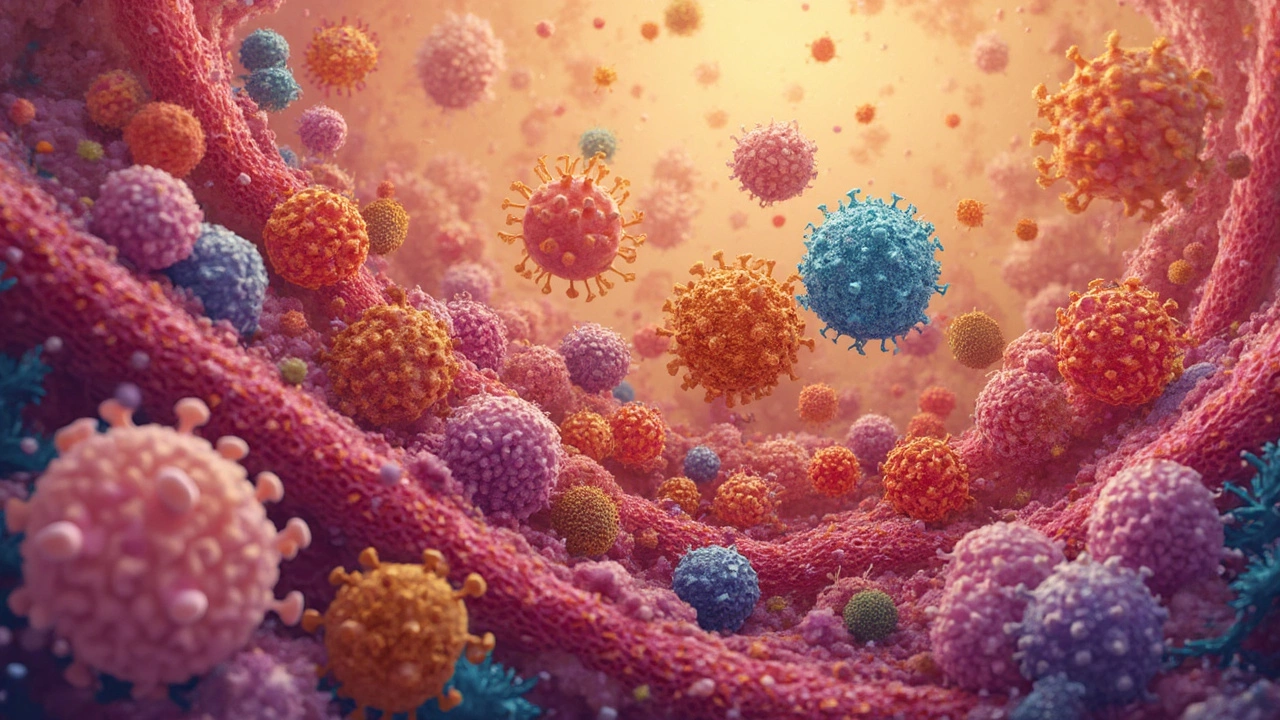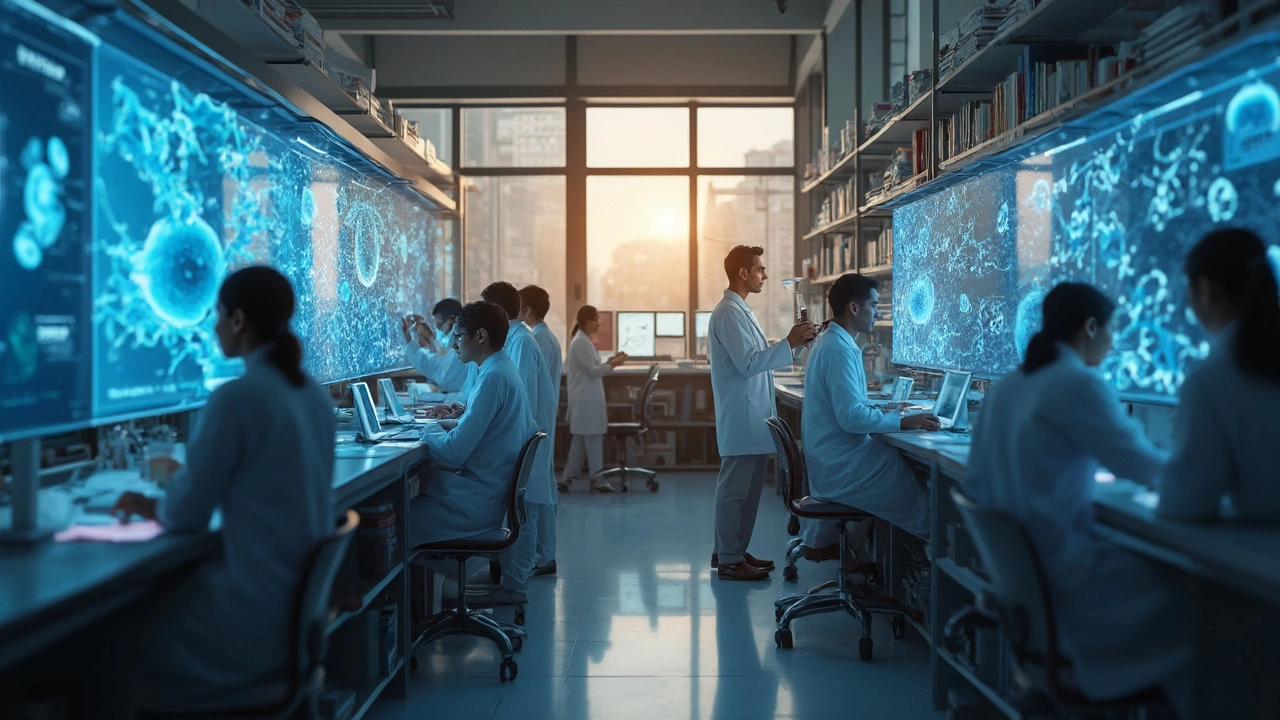Oncology Physiotherapy: How Movement and Recovery Help Cancer Patients
When someone is going through cancer, a group of diseases characterized by uncontrolled cell growth that can spread through the body. Also known as malignant tumors, it affects not just the body but also how you move, breathe, and feel day to day. Treatment like chemo, radiation, or surgery doesn’t end when the last dose is given. The real fight often begins after — with fatigue, nerve damage, stiffness, swelling, and loss of strength. That’s where oncology physiotherapy, a specialized form of physical therapy designed for people undergoing or recovering from cancer treatment. It helps restore function, reduce pain, and rebuild confidence after illness. comes in. This isn’t about pushing hard or chasing quick results. It’s about gentle, smart movement that listens to your body’s limits and works within them.
Many people don’t realize that cancer rehabilitation, a structured program to regain physical ability and independence after cancer treatment. Includes exercises, manual therapy, and education tailored to cancer survivors. is a standard part of care in top hospitals — even in India. Studies from Tata Memorial and AIIMS show patients who start physiotherapy early recover faster, need fewer pain meds, and report better sleep and mood. It’s not just about walking again. It’s about tying your shoes, carrying groceries, or playing with your grandkids without fear. cancer recovery, the long-term process of regaining health and daily function after cancer treatment. Often involves managing lasting side effects like lymphedema, neuropathy, or muscle wasting. takes time, and physiotherapy gives you a roadmap. For example, someone who had a mastectomy might need scar tissue mobilization and shoulder mobility work. Someone with prostate cancer might need pelvic floor retraining. And for those with nerve damage from chemo, gentle nerve gliding exercises can make a huge difference.
What you’ll find in these posts isn’t theory. It’s real advice from therapists working with cancer patients in India — how to handle fatigue without quitting movement, how to avoid swelling after lymph node removal, and why sitting all day after surgery does more harm than good. You’ll see how breathing exercises help with radiation-induced lung stiffness, how walking schedules are adjusted for chemo cycles, and what simple tools can replace expensive machines at home. These aren’t generic tips. They’re tactics used in clinics across Delhi, Mumbai, and Bangalore, shaped by real patients who learned what works — and what doesn’t. Whether you’re a survivor, a caregiver, or just trying to understand what comes next, this collection gives you the practical steps to move forward — safely, steadily, and with control.
-
24
Understanding that most cancers (90% of them) are carcinomas can dramatically affect treatment strategies and prognosis. Carcinomas primarily stem from epithelial cells, which cover organs and skin, making them quite prevalent. This article delves into why these cancer types are so common, explores the subcategories of carcinomas, and discusses how this impacts treatment approaches. We share insights on prevention and the critical role of early detection, offering practical tips for a proactive approach to health.
-
23
Exploring the question of whether cancer can be completely cured, this article delves into modern treatments and their effectiveness. Discover the latest in medical innovations, from targeted therapies to breakthroughs in immunotherapy. Learn about the challenges researchers face in finding a universal cure. Provides insights into current cancer research and the future outlook of cancer treatments.

